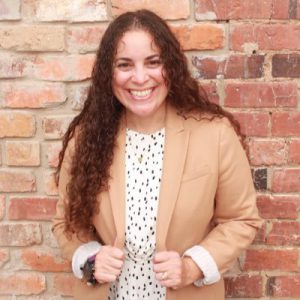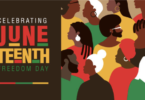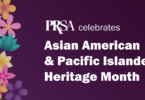PRSA’s Diversity & Inclusion Committee spoke with Natalia Flores, APR, president of Inspire PR in Charlotte, N.C., to discuss the current state of Diversity, Equity and Inclusion (DE&I) efforts in PR and how practitioners can avoid empty statements and generate authentic change in the profession.
For nearly 20 years, Flores has developed communications strategies for brands, with an emphasis on multicultural markets. She has worked with clients such as Bojangles, Sherwin-Williams, Girls on the Run, Blue Cross NC, Samsung, MasterCard, SAP, Office Depot and Latin GRAMMYs. She also volunteers with several nonprofit organizations.
 DE&I has received more visibility in the past two years and has influenced company behaviors as a result. How can we keep that awareness alive and continue to evolve it?
DE&I has received more visibility in the past two years and has influenced company behaviors as a result. How can we keep that awareness alive and continue to evolve it?
There has been an increased focus in corporate America on DE&I, which opens doors for more perspectives at decision-making tables. But the role of DE&I shouldn’t be only for one advocate or ambassador at your organization. It should be woven into the organization as a whole, from the top down.
A lot of people have been preaching this stance for years. I think there has been a shift to incorporate DE&I into more organizations. Now, the question is: “Are we being authentic?” Are [brands just] slapping a rainbow pride flag on their products, but not sincerely investing in the LGBTQ+ community (internally and externally)? I think this is where authenticity comes into play. Consumers can smell it a mile away when it’s not real.
It can’t be fake. Nowadays, especially with social media and younger multicultural demographics, lack of authenticity is not accepted. They want real action. They want to support companies and brands that are aligned with their values. And there’s the part of that shift that I think corporate America needs to embrace.
Why are some aspects of DE&I still not fully developed? Is it from a lack of understanding or acceptance?
There’s a phrase that goes something like this: “You don’t know what you don’t know.”
I think change needs to start at the university level. Faculty who are teaching PR should weave DE&I into the coursework from the start. It is not only about one case study, one class or one semester. It should be part of every communications class that we teach to PR students.
However, this often does not happen. Therefore, by the time you get into the profession, your brain is already wired. We could change that and provide professors with tools to teach PR a little differently. I’ve teamed up with some great communications-faculty members, including Dr. Gina Lutrell, in the last few years, to make DE&I the starting point and foundation of communications teaching and not an afterthought. One of the key tools we have is a D&I Wheel for PR Professionals that Gina developed with other researchers, which is also a great asset for professors.
It is not just about Black and white, or male and female. It’s about getting to know your audience, connecting with them authentically and not just thinking in “silos.”
A lot of my experience has been with the Latino market. Many times, I sit around a table with a client and they say, “Here’s the general market campaign. Now, change it for the Latino market.”
But what if it doesn’t translate? What if it doesn’t connect with our audience because it wasn’t created with them in mind? So, what if we have that conversation at the beginning of the campaign, identify our audiences and make adjustments?
What’s one specific challenge we still need to overcome to foster a better understanding of DE&I?
We have a lot of professionals, including those who have been in the industry for a long time, who think they don’t need to learn anymore. But we should always keep learning.
The buck stops with you. You are the one counseling the C-suite. You are the one creating the strategy, the messaging and delivering that to an audience. If — as the communications or marketing expert at your organization — you don’t wear a DE&I hat, then nobody in your organization will.
Everyone should be working with a DE&I lens. Have you checked your biases (unconscious or conscious)? How is that affecting your writing? Here are some great tips on how to incorporate DE&I into your PR efforts.
We do not have to leave DE&I as an afterthought. Let’s have these conversations early (and often) and have that mindset from the get-go.
Facundo Luque is chair of the Communications Subcommittee of the PRSA Diversity & Inclusion National Committee. He is currently working in an Argentinean PR agency. Connect with him on LinkedIn.
[Illustration credit: aliaksandr marko]







Awesome interview, Facundo — love this part, “…lack of authenticity is not accepted. They want real action.” #Truth #PRdiversity #RepresentationMatters